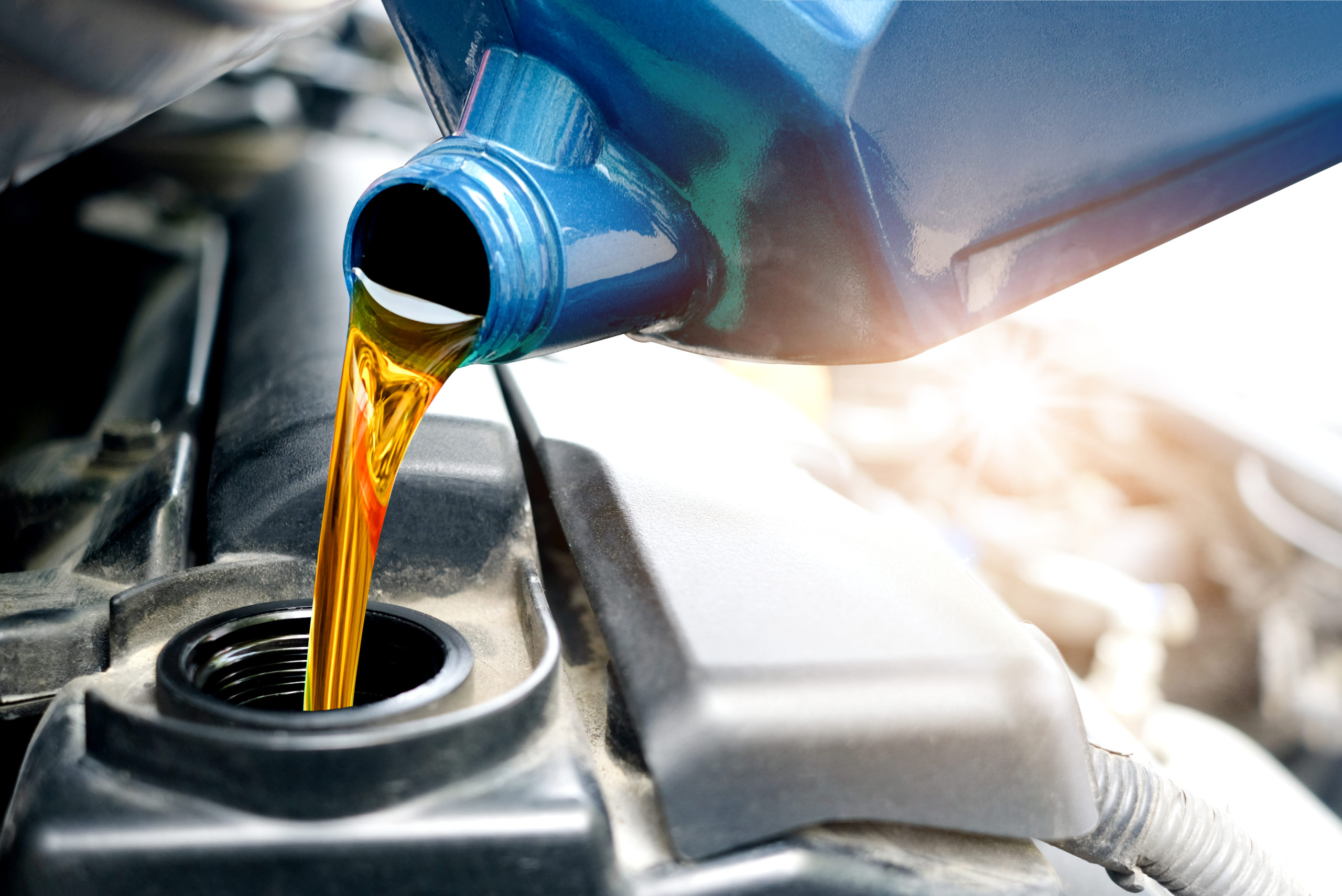Almost all of the functions that your car performs are made possible by the battery. If the battery becomes damaged or worn out, the vehicle may not start at all, much less run safely and efficiently. Dead or dying batteries can leave you stranded until you can jump start the engine or replace the battery completely.
You can avoid battery problems by prioritizing battery maintenance. In this blog, we discuss maintenance measures that can optimize your battery’s performance over the course of its life.
Avoid Extreme Temperatures
Batteries work best in mild temperatures. Both high and low temperatures can affect the battery’s performance and damage it. In hot weather, the battery may expand and crack its case, leading to battery fluid leaks. Batteries are also more likely to rust in hot and humid conditions. In cold weather, the fluid in the battery may freeze, warping the case and effectively killing the battery.
To protect your battery, park in protected areas, such as climate controlled garages, during extreme weather. If you live in or visit an area with extreme seasonal temperatures, consider investing in a battery insulation kit to reduce your battery’s exposure to these conditions.
Ensure the Battery Is Securely Fastened
If a battery becomes loose, normal driving may damage the battery. The vibration of the engine could knock the battery into the components around it, weakening the connection or even creating leaks. The battery may vent gas or fluid, which can corrode other engine components.
When you have your oil changed, check that the battery is securely fastened. A mechanic can do this check for you.
Keep the Connectors Clean
Grime can build up quickly under your hood, especially if you drive on a daily basis or regularly drive in smog or mud. Many components can handle a little dirt and dust, but this debris can impact how efficiently your battery powers your vehicle. Check for buildup around the battery terminals every one to two months. Clear away any debris with a stiff-bristled brush.
Even if you don’t notice significant grime in your routine checks, you should clean the battery terminals or have them cleaned by a professional every six to eight months. In most cases, it’s smart to take the battery to a professional for the first cleaning and ask for recommendations if you want to perform future cleanings at home.
Inspect the Battery Case Regularly
As mentioned in the first section, some conditions can bend, crack, or warp the battery case. When the case becomes broken or misshapen, it cannot properly contain the battery fluid and components.
In addition to cold, heat, and jostling, the battery case could be damaged by rust or other forms of corrosion. Look for any weak or worn out spots on the case each time you check the security of the battery’s fasteners.
Replace the Battery as Needed
One of the most important ways to protect your vehicle’s performance is to recognize when the battery needs to be replaced and to do so in a timely manner. Most batteries have a lifespan of three to five years, depending on the type and quality of the unit. When you get a new battery, check how long that unit is expected to last.
Once your battery hits three years old, watch for the signs of battery failure like multiple jump starts and slow engine turnover to determine when you need to replace your current battery with a newer model. You can also anticipate when a battery will need replacement by having the voltage tested, as discussed in the final section of this blog.
Start the Engine Before Turning On Other Systems
When you turn your key in the ignition, your battery has to power every automotive system that’s turned on. If you have multiple systems already powered up, the battery has to work that much harder just to start your car.
To prevent battery strain, turn off your radio, lights, and climate control when you turn off the car. Wait to turn these systems back on until your car is turned on and ready to be driven.
Test the Voltage
Your battery has to be able to hold a charge to correctly power your vehicle. You can test how much power your battery produces by testing the voltage. The average car battery has a healthy voltage of around 12.5 volts, though you should check the expected voltage for your specific battery.
When you have your oil changed, ask your mechanic to check the battery voltage. If the voltage is weaker than expected, you may need to replace the battery soon.
Use these guidelines to ensure that your battery performs as well as possible for as long as it’s in use. If you need a battery service or replacement, trust the experts at Evans Tire & Service Centers.





